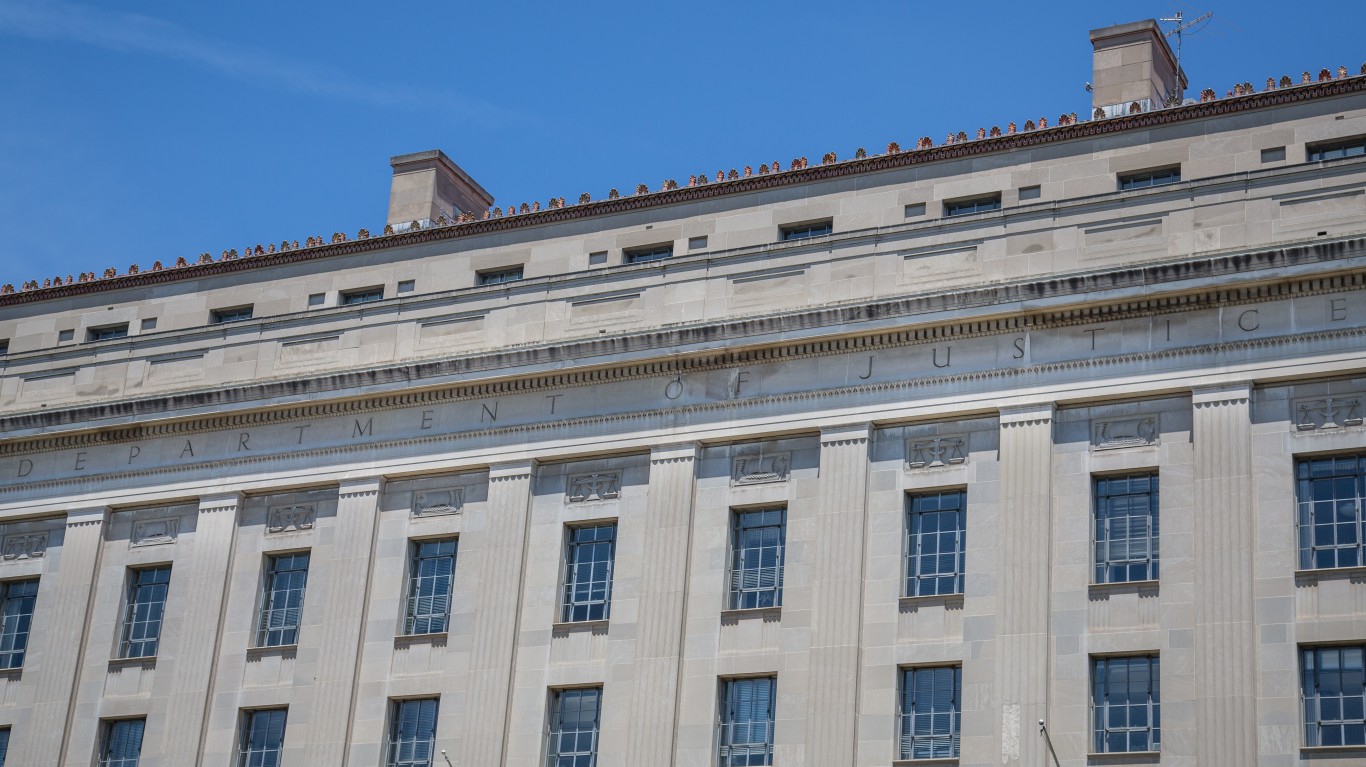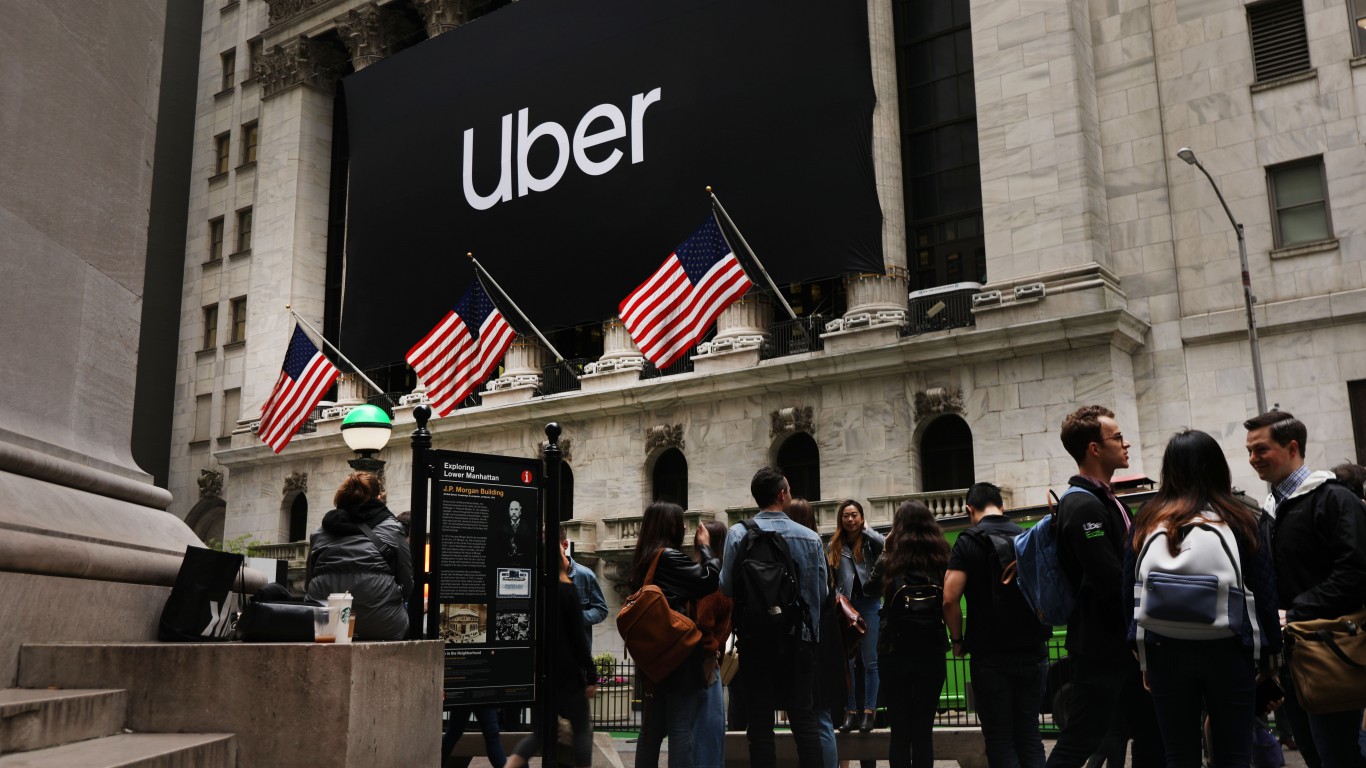
Uber is America’s largest ride sharing service, with 3.8 million drivers worldwide and a market capitalization of about $45 billion as of July 18.
Since it was founded in 2009, the San Francisco company has matched riders with drivers who signed up for its service. Though at first laid-off workers and retirees seized the opportunity to become drivers and earn some money, working flexible hours, soon it became clear that not is rosy for Uber drivers. Over time, the company has managed to upset not only its drivers and customers, but its shareholders and government agencies too. (Find out where Uber ranks on this list: this company has the worst reputation in America.)
24/7 Wall St. reviewed median sources to find 25 embarrassing moments in the company’s short history, listed in the order they occurred. (Unfortunately, Uber is not alone struggling with poor reputations. Here are companies that changed their names after scandals.)
Uber may not have created the ride sharing industry, but no U.S. company has come close to equaling its success. It operates in 80 countries and in almost 800 metropolitan areas. Its “fierce sense of entrepreneurialism,” in the words of CEO Dara Khosrowshahi, led to rapid, spectacular growth, propelled by the rise of smartphones, the introduction of app stores, and the desire for on-demand work.
Though such rapid expansion can sometimes lead to missteps, not many growing companies can rival Uber in the scale and breadth of its lapses. Uber was accused of utilizing technology stolen from Google to build its own autonomous-car business. The company used software to evade authorities in cities where its business operations had not been approved or had been forbidden. Its Singapore operations rented a Honda model to its drivers even though its managers knew that the particular vehicle had been recalled over fire concerns.
Uber met tenacious opposition from taxi drivers in Paris and London, leading to violent protests in the former and the loss of its operating license in the latter.
Internally, the company experienced turmoil. It was accused of promoting a “bro culture” that was oppressive to women. A sexist marketing campaign in France raised the ire of a tech blog journalist who wrote a scathing critique of the company. That prompted an Uber executive to suggest the company hire opposition researchers and journalists to dig up information to be used against unfriendly reporters. That executive was eventually forced out of the company. He wasn’t the only executive to leave Uber under a cloud. The human resources head resigned following an internal discrimination probe.
Uber’s brand might have been damaged, but it still holds an almost 70% share of the ride sharing market in the U.S. The ride sharing industry continues its relentless expansion and has an estimated worth of $61 billion.
Click here to see 25 reasons people don’t trust Uber.

1. Accusations of price-gouging during disasters
Superstorm Sandy shut down most public transportation in New York City in 2012. Uber vehicles were in high demand, and the company imposed surge pricing, doubling the price for a ride. After complaints of price gouging, the company moved prices back to regular rates. In 2014, the company agreed to cap surge pricing during natural disasters or local emergencies.
Despite that action, other price-gouging accusations would follow. Uber was criticized for not suspending surge pricing during a terrorist bombing in New York City in 2016. The ride sharing company was also accused of price gouging following a terrorist attack in Paris the year before.
[in-text-ad]

2. Disputes over driver classification: contractors or employees
An attorney representing 350,000 current and past Uber drivers in California and Massachusetts filed a lawsuit against the company, arguing that Uber drivers should be classified as employees, not independent contractors. This would mean Uber must provide benefits, pay a minimum wage, and reimburse drivers for expenses.
In 2016, Uber agreed to pay a settlement of $100 million. A few months later, a federal judge deemed the settlement “not fair, adequate and reasonable,” and threw it out. Since then, courts in different jurisdictions have ruled on the matter, with a court in the U.K. classifying drivers as workers, while Prop 22 in California suggests they are independent contractors.
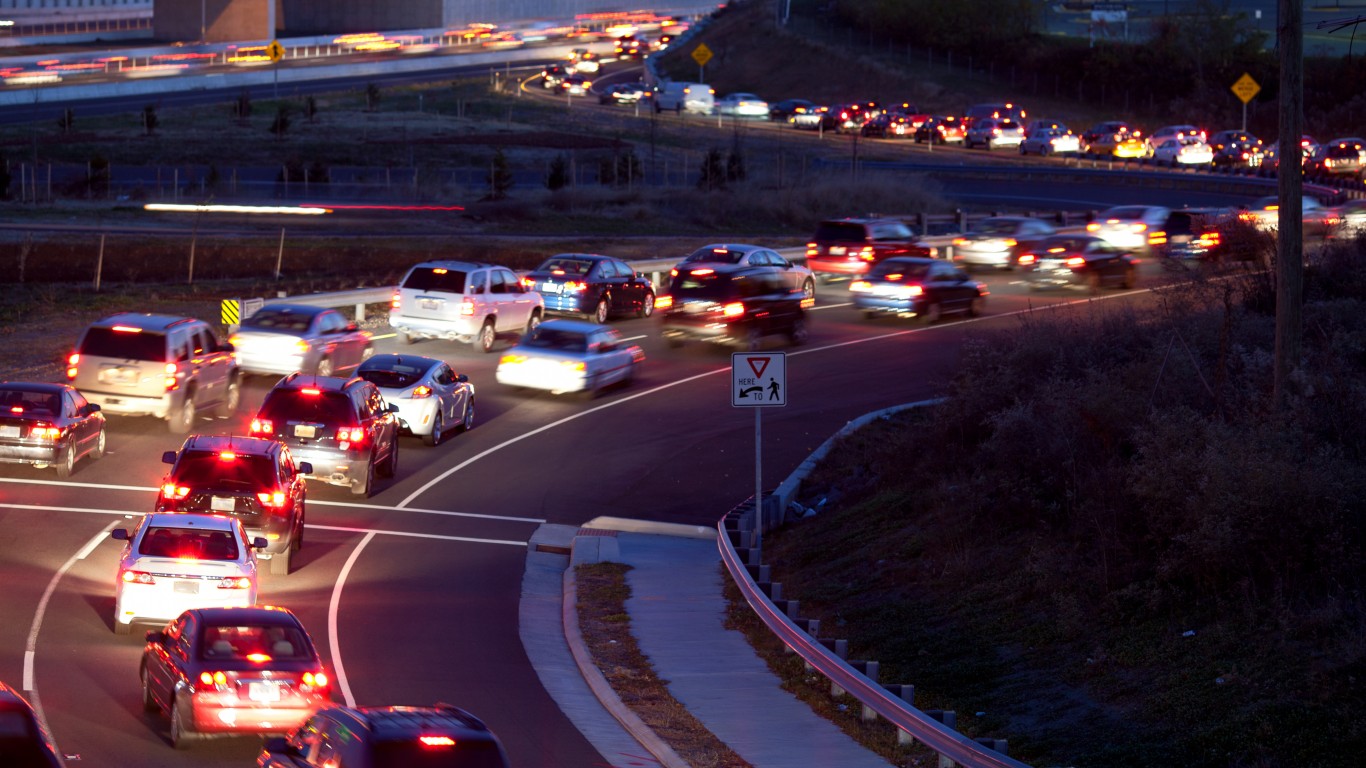
3. The company may have hired drivers to slow down rivals
In an alleged attempt to hurt competition, rival ride sharing company Gett claimed Uber workers posed as riders and created Gett accounts for the purpose of scheduling and then canceling Gett rides.
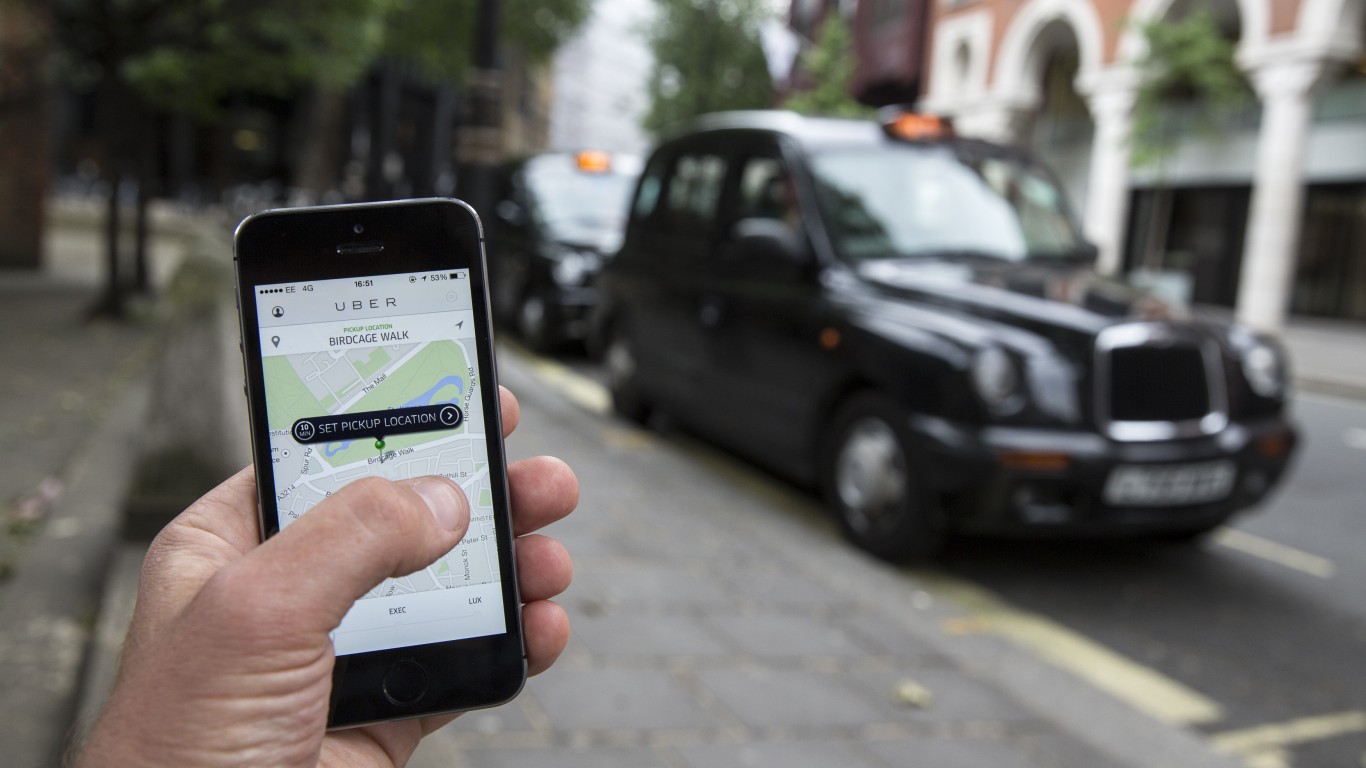
4. Data breaches
There have been several data breaches involving Uber. The New York attorney general in 2016 fined Uber $20,000 for failing to promptly disclose a data breach in 2014.
[in-text-ad-2]

5. The company’s history of ‘bro culture’
Under co-founder Travis Kalanick, Uber was accused of creating a toxic culture, particularly for women. In 2017, after leaving Uber where she had worked for just one year, software engineer Susan Fowler published an account of her time at the company. She alleged multiple instances of sexism and sexual assault at Uber. Fowler claimed her former manager approached her for sex on her first day on his team. She also cited instances of Uber’s human resources department lying to women who worked at the company. Other anonymous Uber employees made claims of sexual mistreatment after Fowler’s post.
Kalanick was repeatedly criticized for his past comments such as when he referred to Uber as “Boob-er” because it improved his dating opportunities.

6. A senior executive suggests spying on a reporter
After tech blog Pando editor in chief Sarah Lacy wrote a post in 2014 criticizing Uber’s treatment of women, her concerns about being safe in an Uber, and her decision to delete the app, company execs weighed going on the offensive. Uber senior vice president Emil Michael suggested that the company hire opposition researchers and journalists to unearth information on reporters that could be used against them.
[in-text-ad]
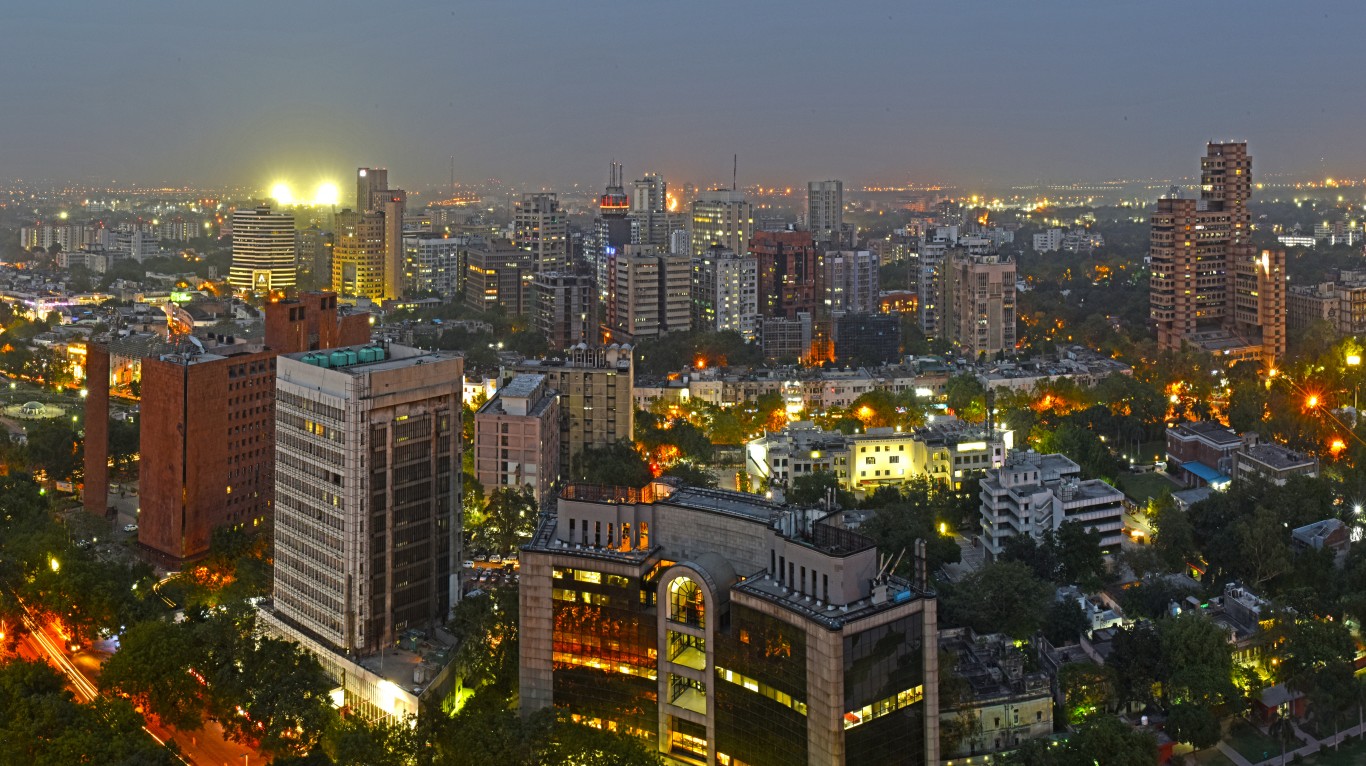
7. The company is banned in Delhi
Uber’s safety measures and background checks received widespread criticism in 2014 after a woman in New Delhi alleged she was raped by her Uber driver. It was later revealed that the driver in the incident had been accused of raping another female passenger three years earlier.
Following the incident, Uber was banned from the region for several months. The company responded to the episode by expanding its background checks.

8. The company is called “economic terrorism” by French taxi drivers
Violence erupted in France in 2015 as taxi drivers protested Uber’s proposed expansion of its lower-cost service called UberPOP. Parisian taxi drivers called the ride hailing company’s lower prices and flexible hours “economic terrorism.” The protests gained a friendly ear in the French courts, which cracked down on Uber, and UberPOP was discontinued in France. Uber was accused of sending people to Paris to engage in violent acts.
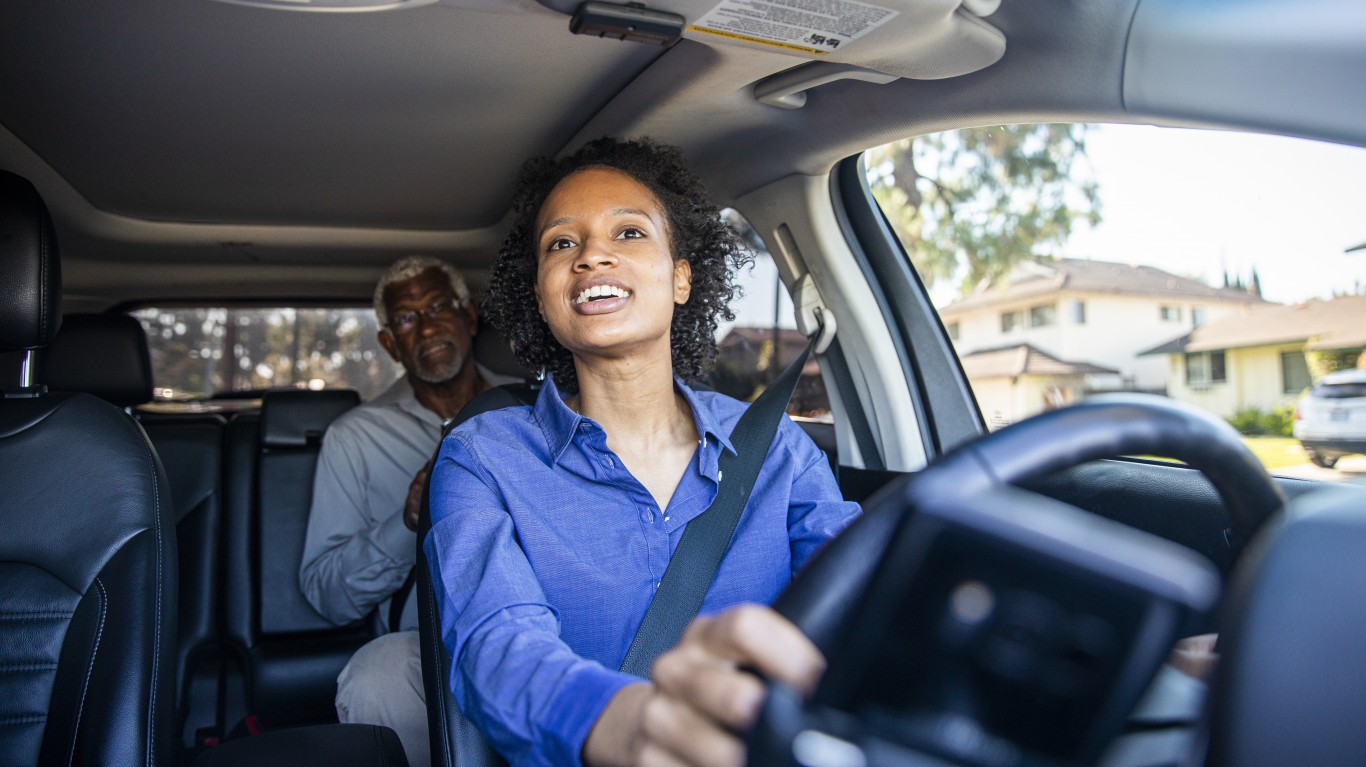
9. A larger 2016 data breach, which it tried to cover up
According to a Bloomberg report in 2017, hackers swiped the personal data of 57 million customers and drivers from Uber, a breach that the company did not disclose for more than a year. The company fired its chief security officer and one of his deputies for covering up the hack, which included shelling out $100,000 to the attackers. The company paid a penalty of $148 million.
[in-text-ad-2]
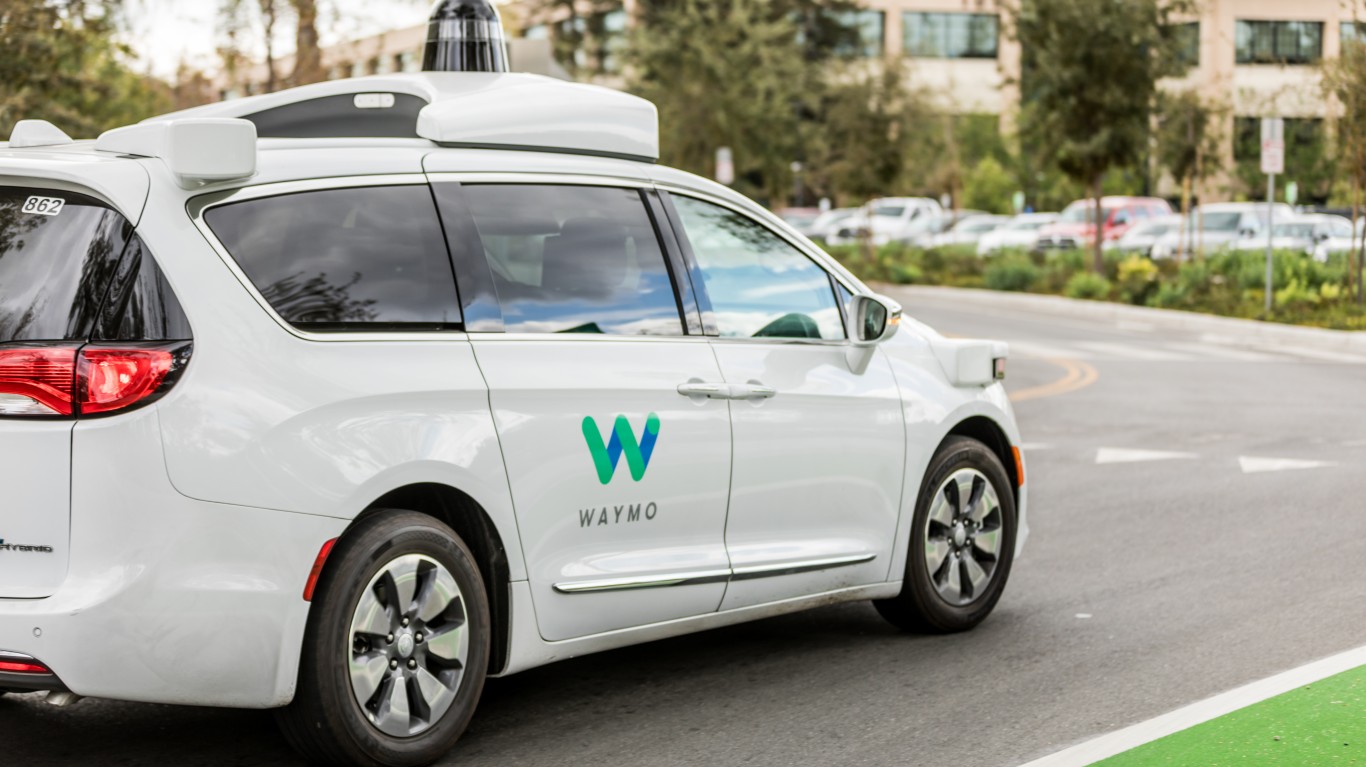
10. The company is sued by Waymo for property theft
In 2017, Uber ran afoul with Waymo, formerly Google’s self-driving car unit, which accused the ride-sharing company of using stolen technology to build its own autonomous-car business. The suit claimed ex-Google engineers swiped Waymo’s design for the laser sensor that allows self-driving cars to map the surrounding terrain. Uber settled with Waymo the following year.

11. Key executives flee Uber
Five executives left Uber in late February and early March of 2017, among them Uber’s senior vice president of engineering Amit Singhal. Singhal stepped down after he was asked to do so by CEO Travis Kalanick amid accusations of sexual harassment. Uber had been alerted to Singhal’s history of sexual allegations by a reporter. Before he was at Uber, Singhal worked at Google and was investigated for a complaint from an employee. He denied the allegations.
[in-text-ad]
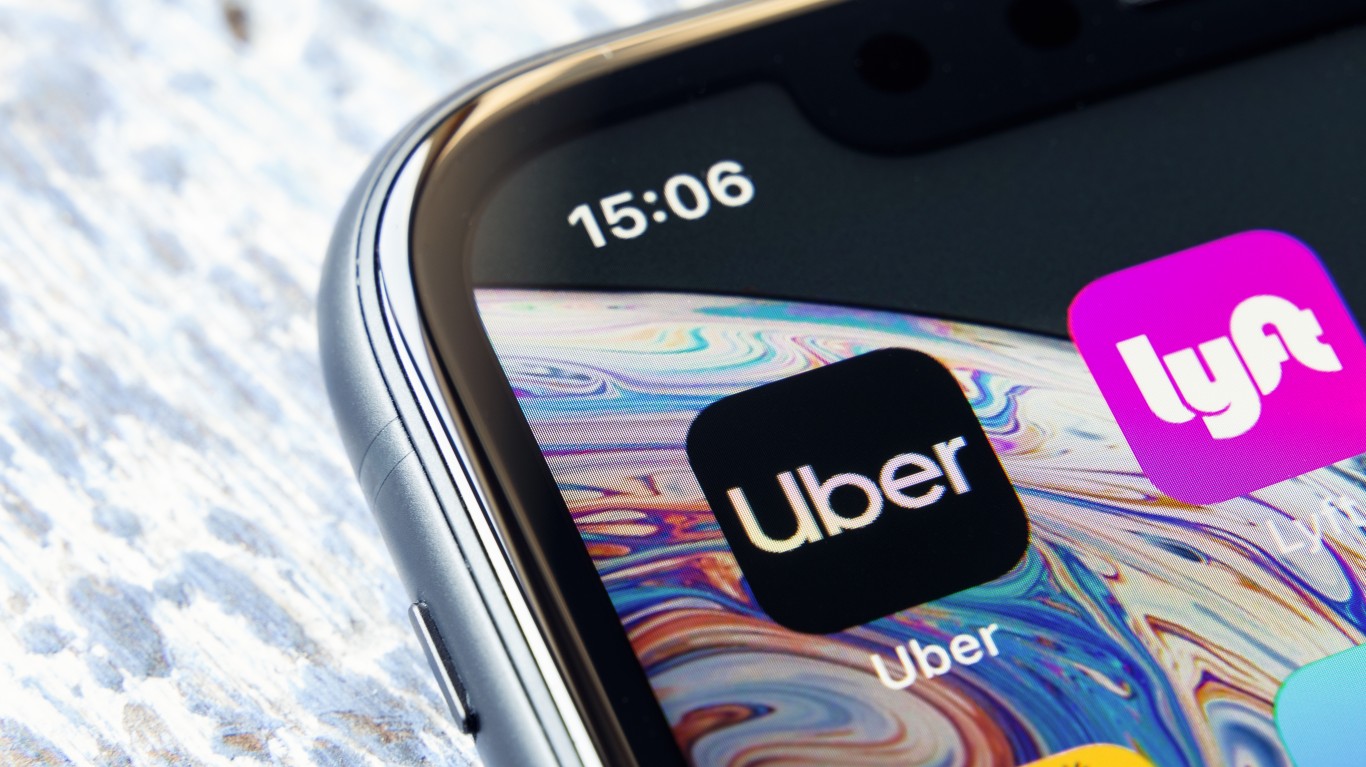
12. The company is caught spying on Lyft
Uber utilized software called “Hell” to spy on Lyft drivers, according to a report by The Information. The app was used between 2014 and 2016 to try and steal drivers from Lyft. Uber created bogus Lyft rider accounts that deceived the system into thinking passengers were in different parts of a city. Uber could view information of its rival’s nearest drivers per phony rider account. Each driver had been assigned a Lyft ID number, allowing the app to track each driver’s habits.
Uber discontinued using the software in 2016. Among the handful of Uber executives who knew of its existence was Chief Executive Travis Kalanick, according to The Information.
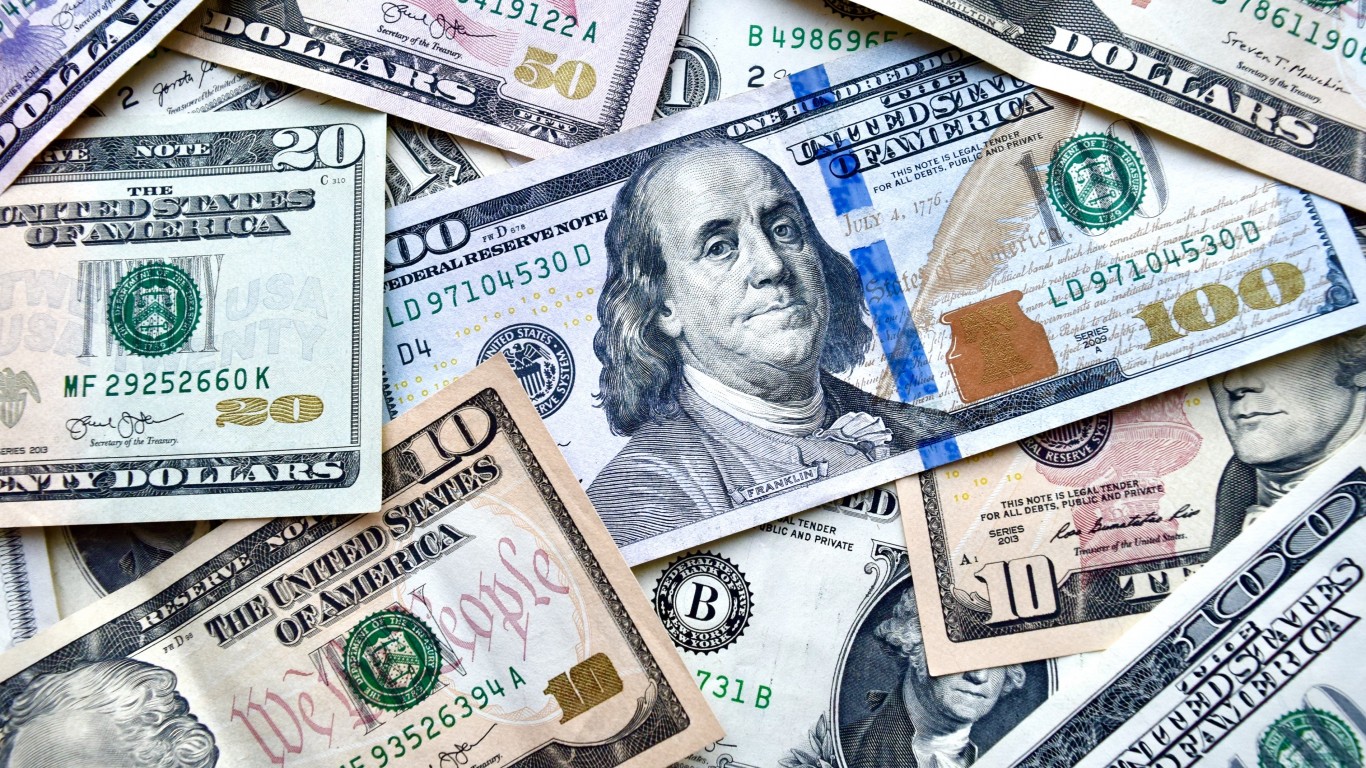
13. The company is forced to pay out millions to drivers in accounting error
An accounting error could have cost Uber possibly as much as $45 million after it admitted in 2017 that it mistakenly underpaid New York City drivers for the past two and a half years, as reported in The Wall Street Journal.
Under the terms of its 2014 nationwide driver agreement, Uber was to take its commission, generally 25%, from drivers based on fares after taxes and fees were deducted. Uber said that in New York City, it calculated a higher cut using the full fare before accounting for sales tax and other fees.
Uber told The Wall Street Journal it would refund the money plus interest, which averaged about $900 per driver. Based on an independent estimate of 50,000 New York City-area drivers, the Journal determined that the error cost the company $45 million.
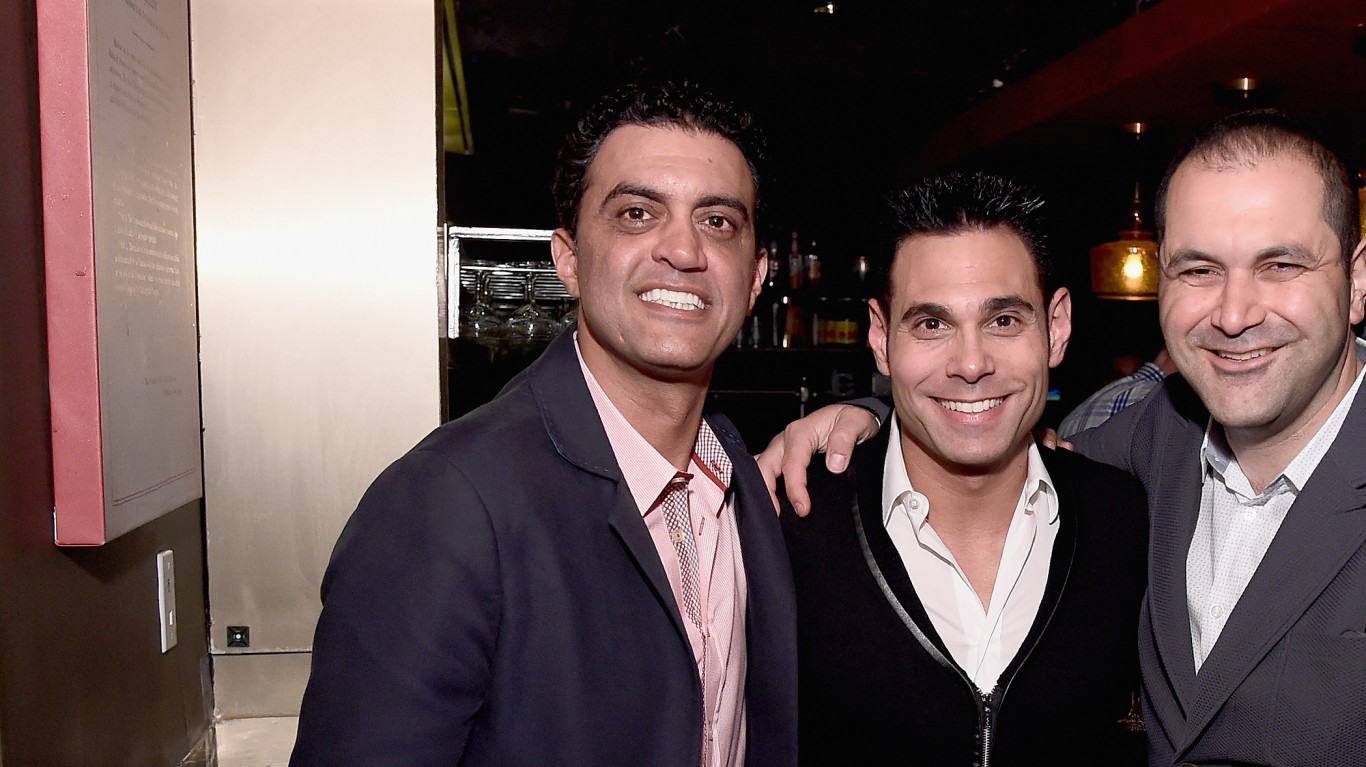
14. Emil Michael is pushed out
Uber’s business chief Emil Michael, plagued by company scandals, was forced to resign in June 2017 following pressure from Uber’s board. Michael blamed the board, not his involvement in the scandals, for his exit.
Michael had been tainted by scandal after his remarks at a dinner party in 2014 about investigating a journalist critical of Uber. Other scandals involved an investigation into Uber’s culture after the former girlfriend of his boss, CEO Kalanick, claimed that Michael tried to stop her from speaking out about a work trip to a Korean escort-karaoke bar. Michael also was alleged to have participated in a promoting the conspiracy that the rape of an Uber passenger in India was linked to a local competitor.
[in-text-ad-2]
15. The US DOJ announces foreign bribery investigation
The Department of Justice in 2017 looked into allegations that Uber may have violated the Foreign Corrupt Practices Act, which makes it illegal for individuals and organizations to pay foreign government officials to obtain or retain business. The DOJ did not say what countries it was investigating. Bloomberg and Reuters each reported that the American ride-hailing company has been looking into payments in Indonesia, Malaysia, and other areas. Uber had expanded into 70 countries by 2017.

16. Investigations show the company knew its cars could catch fire
According to a Wall Street Journal report, internal emails revealed Uber managers in Singapore were aware of an April 2016 recall on Honda’s Vezel SUV but continued to rent the vehicles – 1,000 of them – to drivers without fixing the defect. Honda had recalled the car over concerns that it could catch fire. One did in Singapore in January 2017. No one was injured.
[in-text-ad]
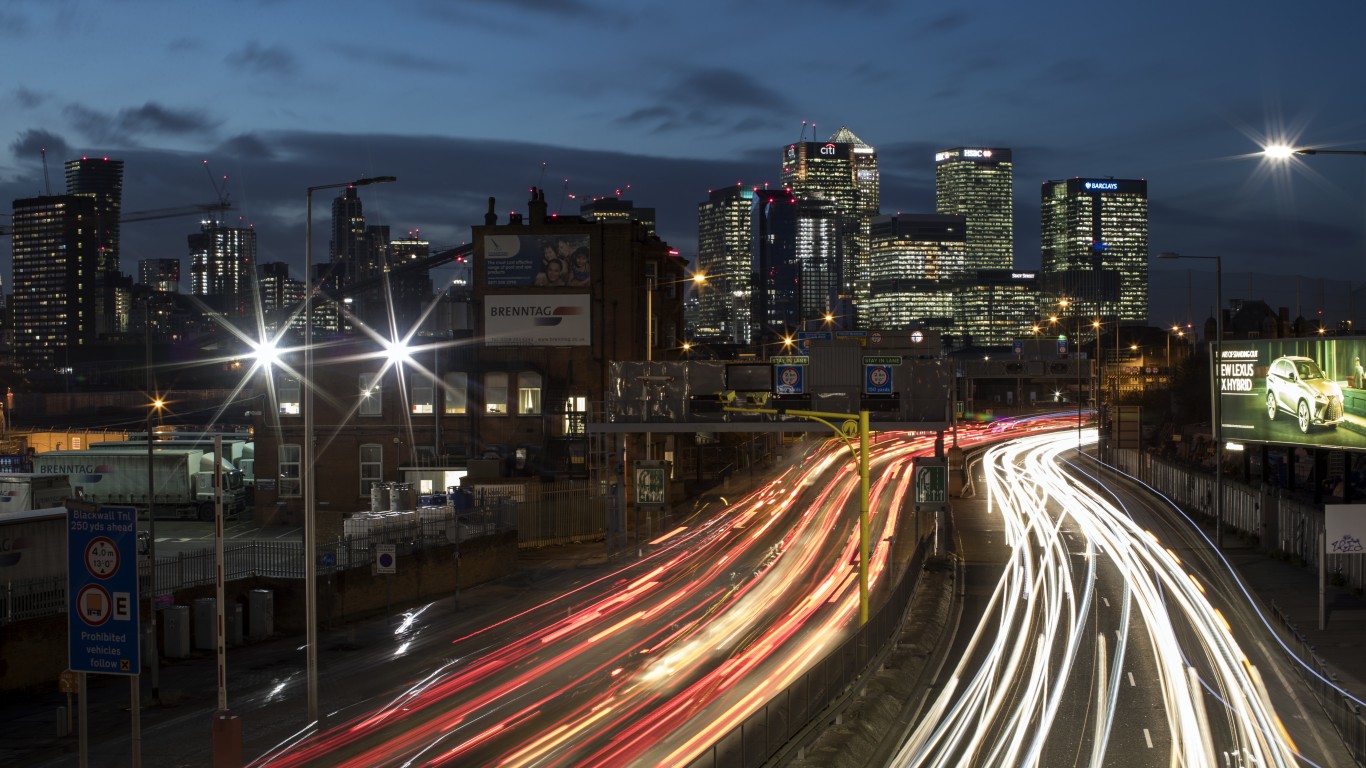
17. Uber loses its London license
Under growing pressure from black-cab drivers, former Uber drivers, and politicians, the regulation agency Transport for London in 2017 revoked Uber’s license, saying it wasn’t “fit and proper to hold a license.” The reasons the agency cited were the company’s method of reporting serious driver offenses, its approach to driver medical and safety checks, and use of its secret “Greyball” software to avoid transport officials.
Uber said the decision affected 3.5 million Londoners who use its app and more than 40,000 licensed drivers. The company also said Greyball “has never been used or considered in the UK for the purposes cited by TfL.” Uber’s license in London was restored in 2020.

18. The on-video dispute between Kalanick and a driver
After Uber allegedly lowered fares it paid its drivers, a driver a very public verbal attack by Kalanick on an Uber driver was caught on camera. The dispute occurred between Kalanick and his Uber driver during the Super Bowl night in Houston in February 2017. It helped drive a wedge between the company and its drivers.

19. The company’s use of secret software to hide from regulators
For years, Uber has used a tool called Greyball to deceive the authorities in markets where its low-cost ride-hailing service had not yet been approved, was opposed by authorities, or even banned.
The program used data collected from the Uber app and other software to circumvent officials who were trying to clamp down on service. Uber used the tool to evade the authorities in cities such as Boston and Paris, as well as in Asia and Australia.
[in-text-ad-2]
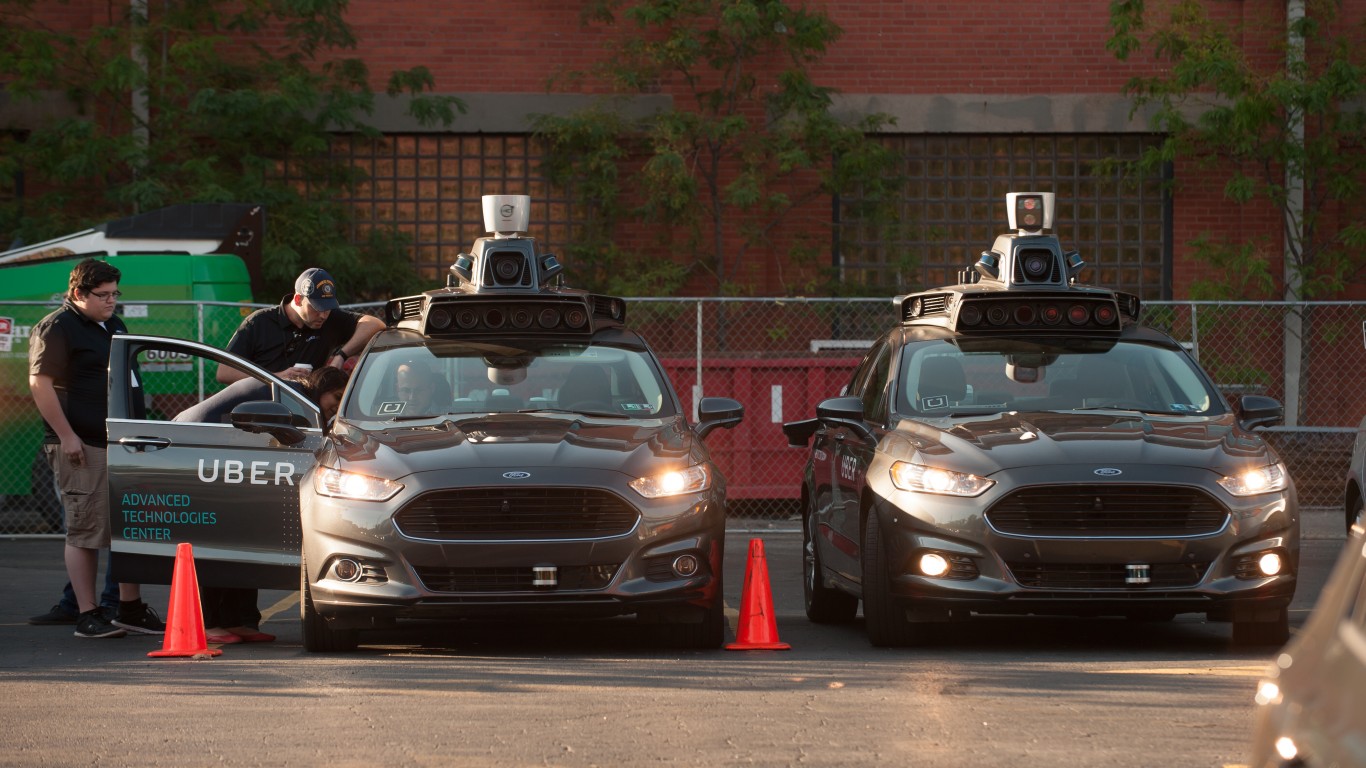
20. A self-driving Uber kills a pedestrian
In 2018, an Uber self-driving car hit and killed Elaine Herzberg in one of the first recorded pedestrian deaths involving an autonomous vehicle. The accident occurred in Arizona, when Herzberg was walking her bicycle across a road at 10 p.m. in Tempe.
Herzberg was jaywalking and the car was not programmed to recognize a jaywalker, federal safety investigators said in documents. Uber told the National Traffic Safety Board that it modified its programming to include jaywalkers among its recognized objects.

21. The high-profile, acrimonious departure of Travis Kalanick
After a litany of scandals involving the company and himself, and following the departure of top executives, Uber co-founder Travis Kalanick resigned as CEO in 2017. He remained as chairman of the board and appointed multiple board members in late 2017. Two years later,
Kalanick stepped down from the company’s board of directors and said he would focus on other projects, according to Uber.
Kalanick co-founded Uber in 2009 and built it into the world’s largest ride-sharing company by eliminating competitors and evading regulators. Along the way, the company ran afoul with local and national governments, labor unions, taxi drivers, and its own drivers.
[in-text-ad]
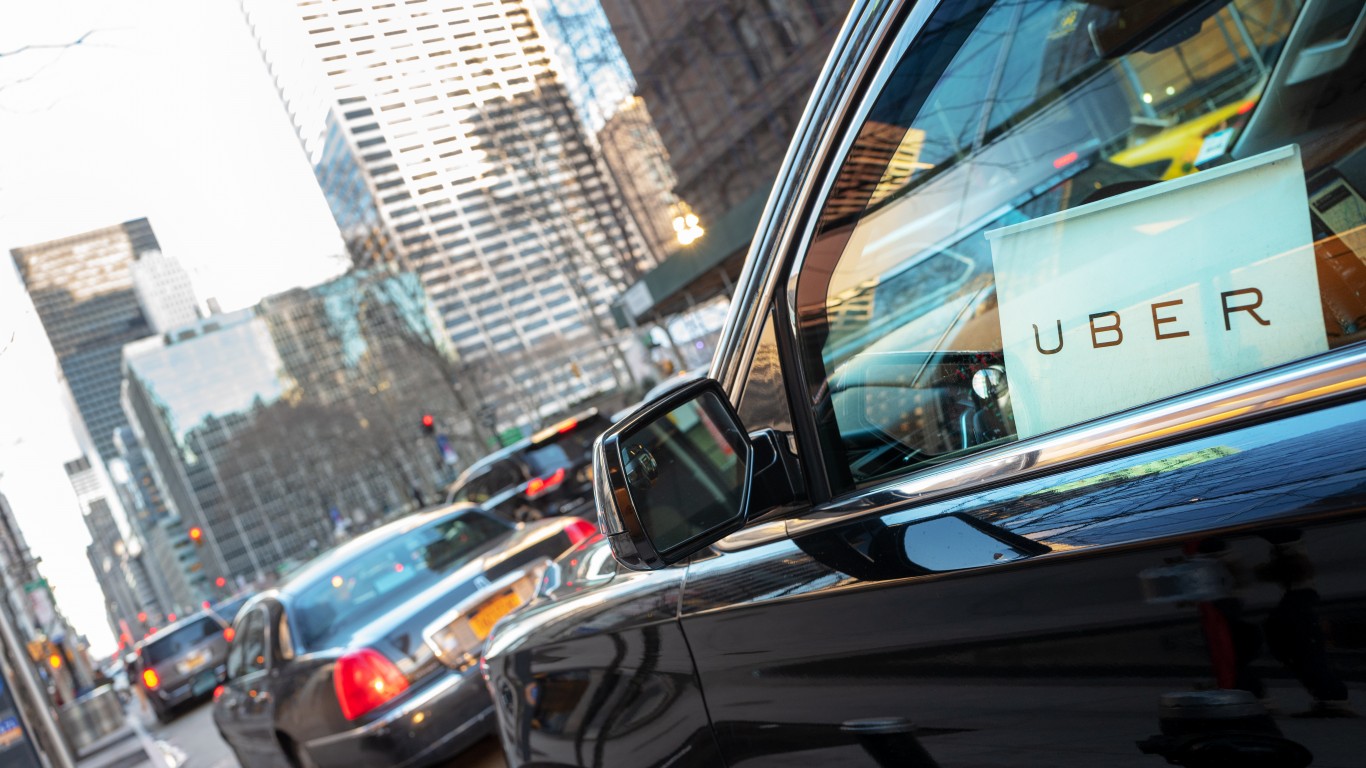
22. The company’s HR chief resigns after discrimination probe
The troubles continued at Uber in 2018. The human resources head at Uber resigned after an internal investigation showed how she handled claims of racial bias at the San Francisco company.
Chief People Officer Liane Hornsey announced her departure in an email sent to employees. Hornsey, who joined Uber in 2017, did not refer to the probe in the email. According to Reuters, which first reported the investigation, an anonymous group of employees, all of them people of color, alleged that Hornsey had used “discriminatory language” and made “derogatory comments” about Uber executives.
CEO Dara Khosrowshahi praised some of Hornsey’s achievements, including releasing Uber’s first diversity report and hiring a chief diversity and inclusion officer.

23. Uber’s COVID response
Uber had been criticized for not safeguarding its employees when the pandemic struck. A sudden drop in business in early 2020 because of COVID-19 forced Uber to idle 3,700 employees. The layoffs represented 14% of Uber’s workforce of 26,900 people. CEO Khosrowshahi said he would forgo his base salary of $1 million for the rest of the year. He earns other compensation through bonuses and stock awards.
The actions were announced in a filing with the Securities and Exchange Commission.

24. The DOJ accuses the company of discriminating against people with disabilities
A lawsuit filed by the Justice Department claimed Uber discriminated against people with disabilities by charging them a “wait time” fee while entering the vehicle. The suit alleges that the ride-sharing company is in violation of Title III of the Americans with Disabilities Act, which forbids discrimination by private transportation companies.
The DOJ said Uber started a wait time fee in April 2016. Passengers would incur the fee two minutes after an Uber car arrived at their pickup location and were charged until the car started its trip. Passengers with disabilities often need more time to get into the car than passengers without disabilities.
[in-text-ad-2]

25. Thousands of reported sexual assaults
Uber published its second-ever safety report in late June 2022. The San Francisco company said it received 141 reports of rape and 3,824 reports of the five most severe categories of sexual assault, ranging from “non-consensual kissing of a non-sexual body part” to “non-consensual sexual penetration,” or rape. The totals in both categories that cover 2019 and 2020 are down from 247 reports of rape and 5,981 total sexual assaults that it recorded in 2017 and 2018, in its first report released in December 2019.
The #1 Thing to Do Before You Claim Social Security (Sponsor)
Choosing the right (or wrong) time to claim Social Security can dramatically change your retirement. So, before making one of the biggest decisions of your financial life, it’s a smart idea to get an extra set of eyes on your complete financial situation.
A financial advisor can help you decide the right Social Security option for you and your family. Finding a qualified financial advisor doesn’t have to be hard. SmartAsset’s free tool matches you with up to three financial advisors who serve your area, and you can interview your advisor matches at no cost to decide which one is right for you.
Click here to match with up to 3 financial pros who would be excited to help you optimize your Social Security outcomes.
Have questions about retirement or personal finance? Email us at [email protected]!
By emailing your questions to 24/7 Wall St., you agree to have them published anonymously on a673b.bigscoots-temp.com.
By submitting your story, you understand and agree that we may use your story, or versions of it, in all media and platforms, including via third parties.
Thank you for reading! Have some feedback for us?
Contact the 24/7 Wall St. editorial team.
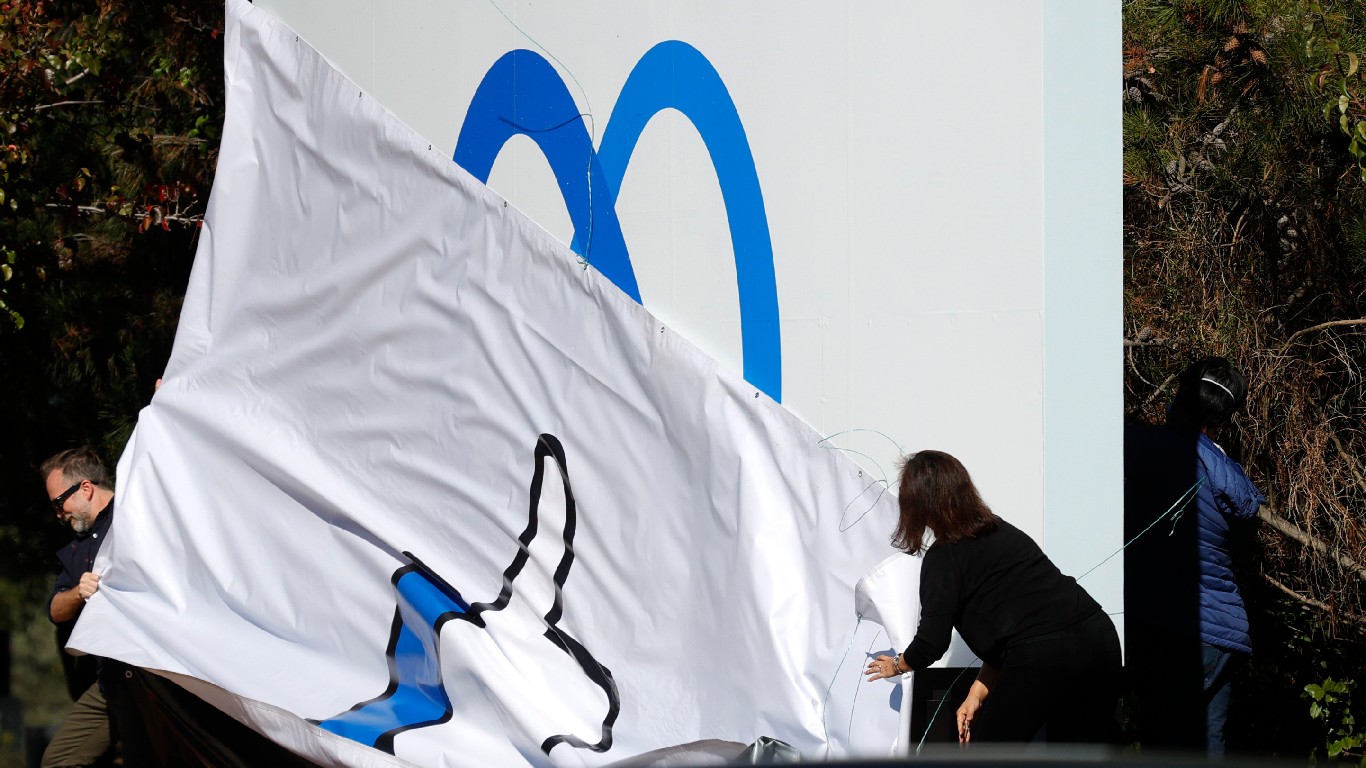 24/7 Wall St.
24/7 Wall St.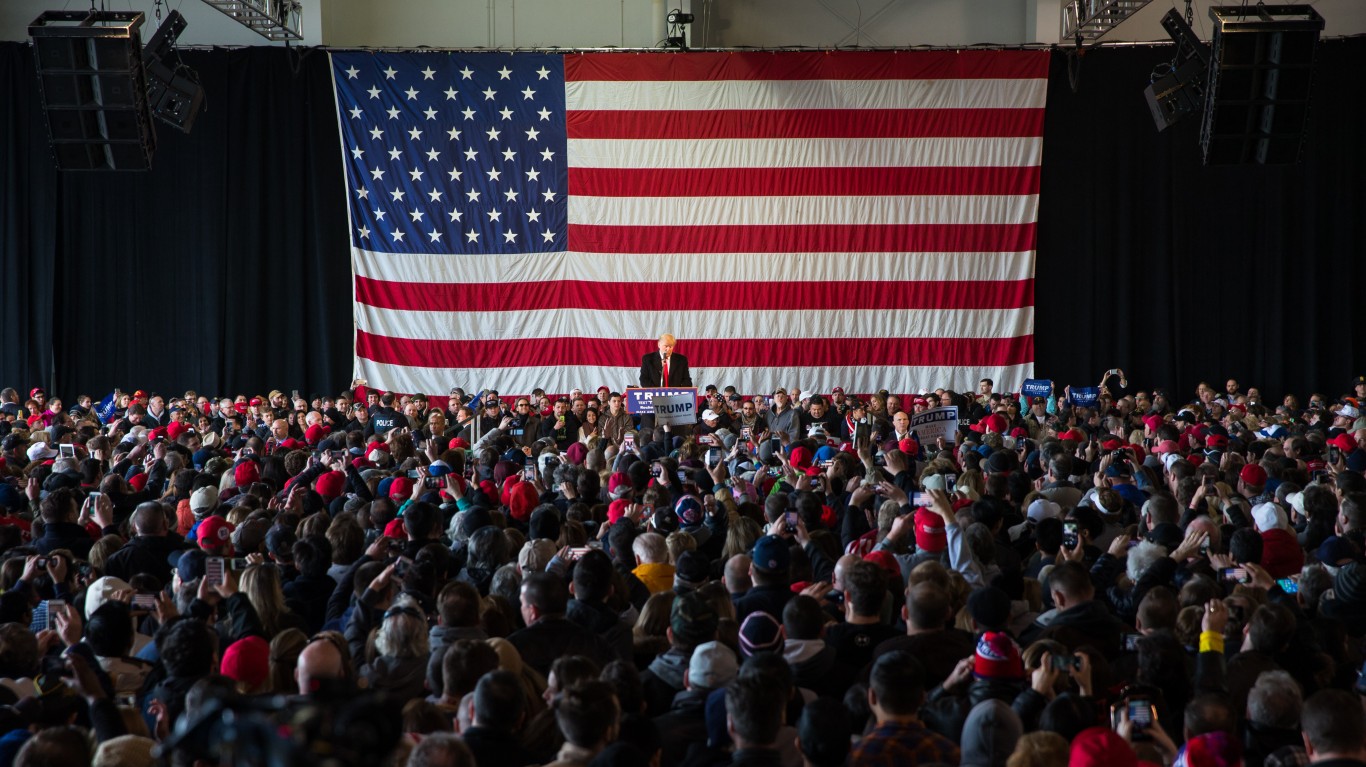 24/7 Wall St.
24/7 Wall St.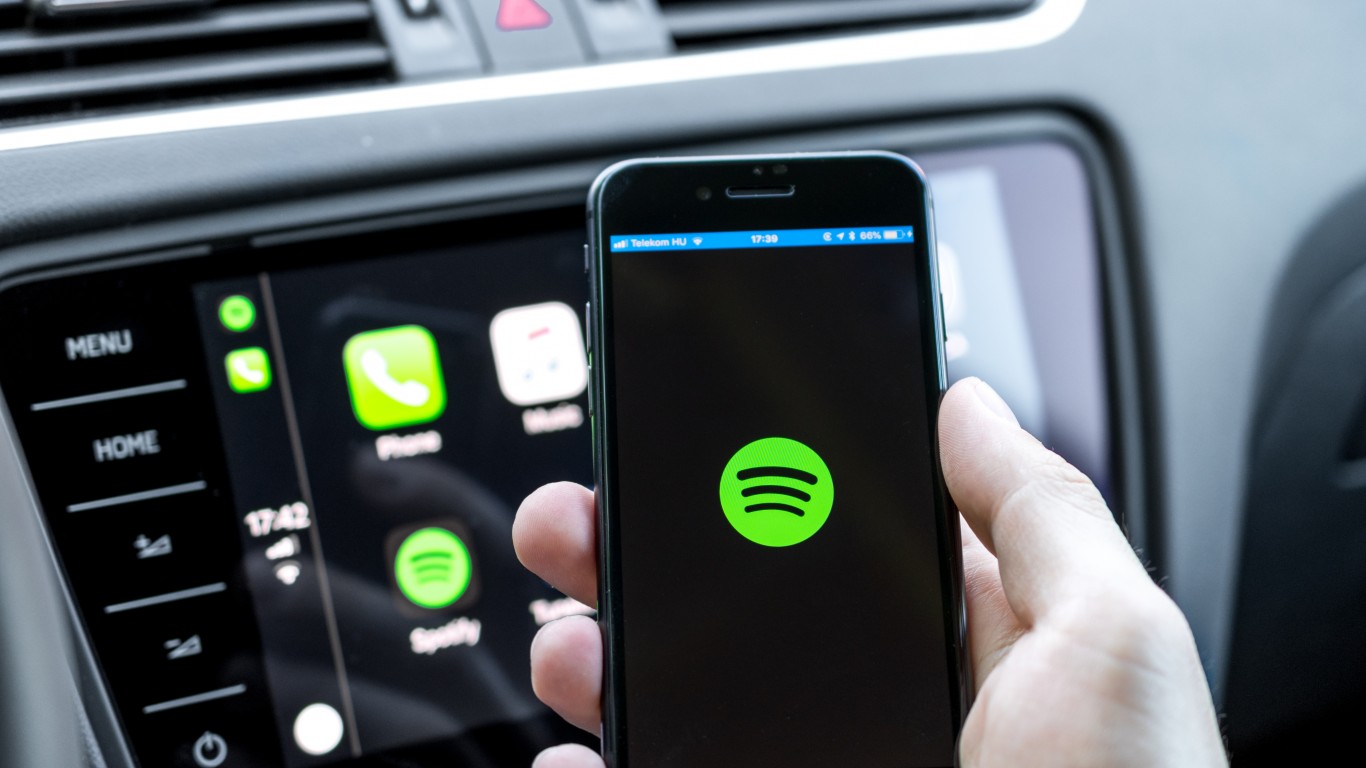 24/7 Wall St.
24/7 Wall St.